Examining the Somali State and Civil War Period April 1991 – May 2001
Somalia is a country in the Horn of Africa. The country has been plagued by years of instability, conflict, and civil war. The collapse of the Somali state in 1991 was a pivotal moment in the country’s history, with the subsequent period of civil war lasting for a decade. The country’s institutions, infrastructure, and governance structures suffered significant damage during this period, resulting in the loss of life, displacement of millions, and destruction of the economy. In this blog post, we will examine the events that led to the collapse of the Somali state, the factors that contributed to the civil war, and the consequences of this period on the country’s socio-political fabric. Through this examination, we hope to gain a better understanding of this tumultuous period in Somalia’s history.
-
Introduction: Setting the stage for the collapse of the Somali state
In order to understand the complexity and significance of the collapse of the Somali state, it is crucial to delve into the historical and socio-political context that set the stage for this tumultuous period. The Somali state, which gained independence in 1960, was initially characterized by a fragile balance of power between various clans and factions. However, internal divisions, external influences, and a lack of effective governance gradually eroded this delicate equilibrium. The collapse of the Somali state can be traced back to a series of interconnected events and factors that unfolded over several decades.
The power transition occurred on 21 October 1969 when the military seized control after the assassination of President Abdirashid Ali Sharmarke on 15 October 1969. Sharmarke was the second civilian leader in postcolonial Somalia. General Mohamed SIAD Barre, the military leader, took charge and became the country’s third president, establishing a 22-year governance system that was both authoritarian and progressive socialist.
Despite centralizing power, President SIAD Barre’s regime oversaw a period of progressiveness during the initial half of his administration. Numerous achievements can be attributed to Somalia under the Somali Revolutionary Socialist Party. For instance, they successfully developed the official Somali language script, actively campaigned against tribalism, introduced a free and modern education system, fostered growth in the cooperative production sector, and established a formidable military, police, and intelligence force.
Furthermore, President SIAD Barre continued the unity aspirations of Pan-Somalism leaders such as Ahmed Gurey, Sayyid Mohamed, and the founders of SYL. This led to a conflict with Ethiopia in 1977, following in the costly footsteps of past leaders. Additionally, he supported and advocated for the freedom movements of Djibouti, a former French colony that gained independence on 27 June 1977. Unfortunately, these endeavors resulted in bankruptcy for the state, a weakened military, and a loss of popularity among global powers, including former colonial rulers, and gained him adversaries in the region.
One key factor was the prolonged military rule of President Siad Barre, who came to power on October 21, 1969 through a military coup. Barre’s regime initially implemented policies aimed at modernization and socialist reforms but eventually became marked by the two decades long rule and that shifted alliance between NATO and WARSO the two global superpowers, during the Cold War. Simultaneously, clan rivalries intensified, exacerbated by unequal access to resources and power, as well as historical grievances. These tensions were further fueled by the legacy of colonialism, which had artificially drawn boundaries and fostered divisions among clans.
The collapse of the Somali state was also influenced by external factors. The Cold War rivalry between the Soviet Union and the United States played a significant role, as both superpowers vied for influence in the region. Somalia initially aligned with the Soviet Union, receiving military aid and support, but later switched sides and formed a strategic alliance with the United States. This geopolitical maneuvering further exacerbated internal divisions and fueled the arms race within Somalia. The influx of weapons, coupled with the absence of effective state institutions, created a volatile environment ripe for conflict.
As the 1990s approached, the Somali state was on the brink of collapse. The tipping point came in January 1991 when armed opposition groups, united under the banner of the United Somali Congress (USC), launched a military offensive at the capital city of Mogadishu, the final offensive against the ruling military regime. This marked the beginning of a protracted and devastating civil war that would engulf the country for the next decade.
In the following sections, we will delve deeper into the intricacies of this collapse, exploring the key actors, events, and consequences that shaped this tumultuous period in Somali history. By examining this critical era, we can gain valuable insights into not only the causes of the collapse but also the challenges and prospects for Somalia’s future.
-
Historical background: Understanding Somalia before the civil war
In order to fully comprehend the magnitude and complexities of the Somali civil war that lasted from April 1991 to May 2001, it is crucial to delve into the historical background of Somalia prior to this devastating period. Somalia, located in the Horn of Africa, has a rich history dating back centuries. The region was an important hub for trade and commerce, attracting merchants from various parts of the world. The Somali people, known for their resilience and resourcefulness, established powerful city-states and engaged in maritime trade.
During the late 19th and early 20th centuries, Somalia was divided into different territories under the colonial rule of various European powers. The British controlled British Somaliland and the Northern Frontier District (NFD), while the Italians occupied Italian Somaliland. France had control over Djibouti, and Ethiopia held sway over parts of Somali-inhabited regions of Ogadenia, formerly known as the Hawd and Reserve Area.
After World War II, the desire for self-determination and independence began to grow among the Somali people. Political movements advocating for unity and the creation of a Greater Somalia gained traction. Eventually, in 1960, British Somaliland and Italian Somaliland merged to form the independent Republic of Somalia. The early years of independence were marked by hope and promise. Efforts were made to establish a democratic government, develop infrastructure, and provide education and healthcare to its citizens. However, underlying tensions and challenges began to emerge, including clan rivalries, political power struggles, and socio-economic disparities.
These factors, coupled with external influences and Cold War dynamics, contributed to the erosion of stability and ultimately led to the eruption of the civil war in 1991. The collapse of the central government resulted in a power vacuum, allowing various armed factions and warlords to seize control of different regions.
Understanding the historical context of Somalia before the civil war is essential in comprehending the root causes and long-lasting consequences of the conflict. It provides valuable insights into the complexities and intricacies of the Somali state, shedding light on the challenges faced by its people and the potential pathways to peace and stability.
-
The trigger: What sparked the outbreak of the civil war in April 1991
The outbreak of the civil war in Somalia in April 1991 was sparked by a complex series of events and factors that had been brewing for years. At the core of this trigger was the dissatisfaction and frustration of various tribal factions within the country with the government of President Siad Barre.
President Barre, who had been in power since October 21, 1969, faced growing opposition and resentment from different clans and regions. His regime was characterized by authoritarian rule, which fueled the discontent among the different Somali clan population. Thus, creating tribal function leaders taking advantage their clan discontent to challenge the military regime.
In the late 1980s, Somalia faced severe economic challenges, including droughts and a collapse of its agricultural sector. The government’s response to these crises was flawed and ineffective, leading to widespread poverty and food shortages. This further exacerbated the grievances of the Somali people and increased the likelihood of internal conflict.
In 1991, the breaking point was reached when opposition forces, primarily composed of clan-based militias, launched a coordinated offensive against the government. The immediate trigger for the outbreak of the civil war was the capture of the strategic capital city of Mogadishu by rebel forces, which marked the collapse of President Barre’s regime.
However, it is crucial to recognize that the underlying causes of the civil war were deeply rooted in historical grievances, clan rivalries, and socioeconomic disparities. The collapse of the state provided an opportunity for various factions to vie for power and control, leading to a protracted and devastating conflict that would engulf Somalia for years to come.
The outbreak of the civil war in Somalia in April 1991 was a culmination of years of political, economic, and social unrest. It marked a turning point in the country’s history and set the stage for a decade-long period of violence, instability, and humanitarian crises. Understanding the triggers and underlying factors behind this conflict is essential for comprehending the complexities of Somalia’s state collapse during this period.
-
Key players: Examining the factions and actors involved in the conflict
During the tumultuous period of April 1991 to May 2001, the Somali state experienced a catastrophic collapse, plunging the nation into a devastating civil war. To understand the complex dynamics of this conflict, it is crucial to examine the key players involved – the factions and actors that emerged during this time.
One of the prominent factions that emerged was the Somali National Movement (SNM). The SNM was primarily composed of members from the Isaaq clan, seeking to establish an independent state in the northwestern region of Somalia, known as Somaliland. Their resistance against the military regime of President Siad Barre played a significant role in the collapse of the Somali state.
Another major player was the United Somali Congress (USC), which was formed as a coalition of various sub-clans united against President Barre’s regime. Led by General Mohamed Farah Aidid and Ali Mahdi Mohamed, the USC played a central role in the armed struggle to overthrow Barre and gain control over the capital city, Mogadishu.
The third significant faction was the Somali Salvation Democratic Front (SSDF), mainly composed of members from the Majeerteen clan. The SSDF, under the leadership of Colonel Abdullahi Yusuf Ahmed, aimed to establish an autonomous region in the northeastern part of Somalia, known as Puntland. They played a crucial role in the power dynamics during the civil war period.
Additionally, various warlords and sub-clan militias emerged during this chaotic period, each vying for power and control over territories. These warlords, such as General Mohamed Farah Aidid and Ali Mahdi Mohamed, commanded their own loyal militias, perpetuating the cycle of violence and exacerbating the conflict.
The involvement of external actors further complicated the Somali civil war. Neighboring countries, particularly Ethiopia, Eritrea, Djibouti and Kenya supported different factions for their strategic interests, exacerbating the conflict and prolonging the suffering of the Somali people.
Understanding the factions and actors involved in the Somali civil war is crucial to comprehending the multifaceted nature of the conflict. Their motivations, alliances, and actions shaped the course of events during this tumultuous period, leaving a lasting impact on the Somali state and its people.
-
The collapse of the Somali state: How the central government lost control
The collapse of the Somali state in the period between April 1991 and May 2001 marked a significant turning point in the country’s history. Understanding how the central government lost control is crucial to unraveling the complex dynamics that led to the outbreak of the civil war.
One of the key factors that contributed to the collapse was the erosion of state authority and legitimacy. Years of authoritarian rule under President Siad Barre had led to widespread discontent among various clan-based factions within the country. This discontent was further exacerbated by severe economic challenges, and a lack of political inclusivity.
The central government’s inability to effectively address these grievances and provide basic services to its citizens created a fertile ground for opposition groups to emerge. Clan-based militias, seeking to protect their own interests and gain control over valuable resources, capitalized on the growing disillusionment with the government. As a result, armed conflict erupted across the country, tearing apart the social fabric and leading to a power vacuum.
Furthermore, external influences and interventions also played a significant role in destabilizing the Somali state. The end of the Cold War saw a decrease in international support for the regime, leaving it vulnerable to internal pressures. Additionally, neighboring countries and regional actors pursued their own interests within Somalia, often backing rival factions and exacerbating the conflict.
The collapse of the Somali state was not a sudden event but rather a culmination of years of political, economic, and social grievances. It represented a failure of governance and the breakdown of state institutions, leaving the country in a state of chaos and uncertainty. Understanding the intricacies of this collapse is crucial for comprehending the subsequent civil war period and the challenges that Somalia continues to face in its quest for stability and reconstruction.
-
Humanitarian crisis: Assessing the impact on the Somali population
The collapse of the Somali state and the subsequent civil war period from April 1991 to May 2001 had devastating consequences for the Somali population, resulting in a severe humanitarian crisis. This section aims to assess the impact of this crisis on the Somali people. During this period, Somalia experienced widespread violence, political instability, and the breakdown of essential services and infrastructure. The absence of a functioning government led to a power vacuum, with various factions, warlords, and armed groups vying for control. As a result, civilians bore the brunt of the conflict, facing displacement, loss of livelihoods, and a lack of access to basic necessities.
One of the most significant consequences of the humanitarian crisis was the mass displacement of the Somali population. Fleeing from the violence and insecurity, millions of Somalis were internally displaced, while many others sought refuge in neighboring countries. The displacement led to overcrowded refugee camps, where living conditions were dire, and access to food, clean water, and healthcare was limited. The collapse of infrastructure and public services further exacerbated the crisis. Schools and hospitals were destroyed or abandoned, leaving communities without access to education and healthcare. This had long-term implications for the well-being and development of the Somali population, especially children who were deprived of education and adequate healthcare.
The humanitarian crisis also had a severe impact on food security and nutrition. Prolonged conflict disrupted agricultural activities, leading to food shortages and famine in some regions. Malnutrition rates soared, particularly among children, resulting in long-term health consequences and increased vulnerability to diseases. International humanitarian organizations and NGOs played a crucial role in providing assistance and support to alleviate the suffering of the Somali population. However, the volatile security situation and limited access to affected areas posed significant challenges for delivering humanitarian aid effectively.
In conclusion, the collapse of the Somali state and the subsequent civil war period had a profound impact on the Somali population, resulting in a severe humanitarian crisis. Displacement, loss of livelihoods, limited access to essential services, and food insecurity were among the key challenges faced by the Somali people during this period. Efforts to address the crisis and rebuild the country’s infrastructure and institutions have been ongoing, but the legacy of this turbulent time continues to shape the socio-political landscape of Somalia today.
-
International involvement: Exploring the role of neighboring countries and the international community
During the Somali state collapse and civil war period from April 1991 to May 2001, neighboring countries and the international community played significant roles in shaping the course of events. The involvement of these external actors had both positive and negative impacts on the conflict and its resolution. Neighboring countries, such as Ethiopia, Eritrea, Kenya, and Djibouti, played complex roles in the Somali conflict. Their strategic interests, historical ties, and security concerns influenced their actions. The TPLF Regime of Ethiopia, for instance, supported various factions in Somalia, both to protect its own borders and to weaken potential threats. This involvement often exacerbated the conflict, as different factions received support from different neighboring countries, fueling further divisions and violence.
The international community, including the United Nations (UN), African Union (AU), and regional organizations, also played a crucial role in attempting to resolve the Somali conflict. The UN Security Council authorized several peacekeeping missions, such as UNOSOM I and II, aimed at stabilizing the country and facilitating a political settlement. However, these efforts faced numerous challenges, including limited resources, complex clan dynamics, and a fragmented political landscape.
Furthermore, the international community provided humanitarian aid to alleviate the suffering of the Somali people who were severely affected by the conflict. This assistance was vital in addressing the humanitarian crisis, providing food, water, shelter, and medical assistance to those in need. However, international involvement was not without controversies and criticism. Some critics argue that external actors focused more on their own interests rather than prioritizing the needs and aspirations of the Somali people. This led to accusations of interference, exploitation of resources, and exacerbation of existing divisions.
In conclusion, the role of neighboring countries and the international community in the Somali state collapse and civil war period was complex and multifaceted. While their involvement aimed to stabilize the country, resolve the conflict, and provide humanitarian assistance, it also had unintended consequences and faced criticism. Understanding this international dimension is crucial in unraveling the complexities of the Somali conflict and exploring potential paths towards sustainable peace and development.
-
Dynamics of the civil war: Understanding the shifting alliances and power struggles
Understanding the dynamics of the civil war is crucial in unraveling the collapse of the Somali state during the period from April 1991 to May 2001. The civil war in Somalia was characterized by complex and ever-shifting alliances, as well as power struggles between various factions and warlords. At the onset of the civil war, the central government under President Siad Barre was overthrown, leading to a power vacuum and the fragmentation of the country into various regions controlled by different factions. These factions were often based on clan and sub-clan affiliations, with each vying for control and dominance.
The alliances formed during this period were often temporary and opportunistic, driven by the pursuit of power, resources, and territorial control. Warlords emerged as influential figures, commanding their own militias and exerting control over specific areas. These warlords often switched allegiances, forming alliances with other factions when it served their interests. Additionally, external actors played a significant role in shaping the dynamics of the civil war. Some factions received support from neighboring countries, while others had backing from international actors seeking to advance their strategic and geopolitical interests in the region. This external interference further complicated the already intricate web of alliances and power struggles.
Understanding the shifting alliances and power struggles is essential in comprehending the complexities of the civil war in Somalia. It highlights the intricate nature of the conflict and the challenges faced in attempts to restore stability and establish a functioning state. By analyzing these dynamics, we can gain insights into the factors contributing to the collapse of the Somali state and the prolonged nature of the civil war during this critical period.
-
Warlords and clan politics: Unpacking the influence of clans in the conflict
During the Somali civil war, which spanned from April 1991 to May 2001, the influence of clans played a significant role in shaping the conflict. The collapse of the Somali state created a power vacuum, leading to the rise of warlords who capitalized on clan loyalties to assert control over territories and resources. Clans have long been a central feature of Somali society, with strong kinship ties and a hierarchical structure. In the absence of a functioning central government, clans became the primary source of authority and governance. Warlords, often affiliated with specific clans, exploited this system to consolidate their power and advance their own interests.
Clan dynamics fueled competition and conflict over scarce resources, exacerbating the already fragile situation. In the absence of a central authority, warlords vied for control over strategic locations, such as ports and airports, to secure revenue streams and establish economic dominance. These territorial disputes often escalated into violent clashes between rival factions, further destabilizing the region. The influence of clans also shaped the alliances and factionalism that characterized the conflict. Warlords strategically aligned themselves with certain clans, leveraging their support and mobilizing their constituents for political and military purposes. This deepened divisions along clan lines and perpetuated a cycle of violence, as rival clans sought to protect their interests and retaliate against perceived injustices.
The clan-based nature of the conflict posed significant challenges for reconciliation efforts and the establishment of a unified Somali state. It hindered the formation of a cohesive national identity and fueled grievances and animosities between clans. Resolving the conflict required addressing these underlying clan dynamics and finding ways to reconcile the interests and aspirations of different clans.
Efforts to promote peace and stability in Somalia have since focused on fostering inclusive governance systems that accommodate the diverse clan affiliations and interests. Clan elders and traditional leaders have played a crucial role in mediating disputes and negotiating ceasefires, drawing on their respected positions within their respective clans.
Understanding the influence of clans in the Somali civil war is essential for comprehending the complexities of the conflict and developing effective strategies for lasting peace. By acknowledging and addressing the role of clans, stakeholders can work towards building a more inclusive and equitable Somali state, where clan affiliations are not a source of division but rather a foundation for unity and shared prosperity.
-
Transition to peace: Analyzing the efforts to restore stability in Somalia from 1991 to 2001
During the period from April 1991 to May 2001, Somalia experienced a devastating civil war that tore apart the fabric of the nation. However, amidst the chaos and destruction, efforts were made to restore stability and transition the country towards peace. Analyzing the transition to peace during this crucial period provides insight into the challenges faced by international actors and local stakeholders in Somalia. Various initiatives were undertaken to address the root causes of the conflict, rebuild institutions, and establish a functioning government.
One of the key milestones in this transition was the establishment of the Transitional National Government (TNG) in 2000. The TNG aimed to bring together different factions and clans under a unified governance structure. However, its effectiveness was limited by internal power struggles and external factors, which hindered its ability to gain widespread legitimacy and control over the entire country.
International involvement in Somalia’s peacebuilding efforts was also significant during this period. The United Nations and African Union played crucial roles in providing support and facilitating negotiations between different factions. Peacekeeping missions, such as the United Nations Operation in Somalia (UNOSOM), were deployed to maintain security and help establish a conducive environment for peacebuilding.
However, despite these efforts, challenges persisted. The complex clan dynamics, the proliferation of armed groups, and the absence of a strong central authority posed significant obstacles in the path towards lasting peace. Additionally, external factors, including the involvement of neighboring countries and the competition for resources, further complicated the situation. It is important to critically analyze the strategies employed during this transitional period to understand the factors that contributed to both success and failure. Lessons learned from this period can inform future peacebuilding efforts in Somalia and other conflict-affected regions.
Overall, the transition to peace in Somalia from 1991 to 2001 was a complex and challenging process. While significant efforts were made to restore stability and establish a functioning government, numerous obstacles impeded progress. Understanding the dynamics of this period is crucial in unraveling the collapse of the Somali state and informing future strategies for sustainable peace.
-
Lessons learned: Reflecting on the consequences of the collapse and its implications for state-building
The collapse of the Somali state and the subsequent civil war period, spanning from April 1991 to May 2001, left deep scars on the nation. As we reflect on this tumultuous period, it becomes crucial to examine the lessons learned and the consequences that continue to shape the process of state-building in Somalia.
One of the key lessons from this dark chapter in Somali history is the devastating impact of political fragmentation and the absence of a functioning central authority. The collapse of the state led to the emergence of various factions and warlords competing for power, resulting in widespread violence, lawlessness, and the erosion of social cohesion. This fragmentation not only hindered efforts to restore stability but also deepened existing divisions along clan and regional lines.
Another significant consequence of the collapse was the breakdown of essential state institutions and the erosion of public trust. The collapse of the state left a void in governance structures, leaving communities vulnerable to exploitation and marginalization. The absence of a robust legal system, security forces, and public services contributed to a pervasive sense of insecurity and hindered socioeconomic development.
Furthermore, the collapse of the state and the ensuing civil war period had far-reaching implications for regional and international security. The power vacuum in Somalia allowed extremist groups to flourish, posing a threat not only to the nation but also to neighboring countries and the broader international community. Additionally, the absence of a functioning state undermined regional stability and impeded efforts to address transnational challenges such as piracy and terrorism.
As Somalia continues its journey towards state-building and reconciliation, the lessons learned from the collapse and its consequences are crucial. Efforts must focus on fostering inclusive governance, rebuilding state institutions, and promoting social cohesion. The establishment of a legitimate and effective central authority, capable of providing security, delivering public services, and ensuring the rule of law, is paramount in stabilizing the country and laying the foundation for sustainable development.
International support and cooperation also play a vital role in the state-building process. The lessons learned from the collapse of the Somali state should guide the assistance provided by the international community, ensuring that efforts align with the aspirations and needs of the Somali people. Building strong partnerships and fostering local ownership are essential in navigating the complex challenges and complexities of state-building.
In conclusion, the collapse of the Somali state and the subsequent civil war period had profound consequences that continue to shape the process of state-building in Somalia. Reflecting on these lessons is crucial for charting a path toward sustainable peace, stability, and development. By addressing the root causes of the collapse, rebuilding institutions, and fostering inclusive governance, Somalia can overcome the challenges it faces and build a brighter future for its people.
-
Conclusion: Assessing the legacy of the Somali state collapse and civil war period
In conclusion, the collapse of the Somali state and the subsequent civil war period from April 1991 to May 2001 have left a lasting impact on the country and its people. The legacy of this tumultuous period is multifaceted and can be assessed from various angles.
Firstly, the collapse of the state led to a power vacuum, which allowed various factions and warlords to vie for control. This resulted in the fragmentation of the country along clan lines and the emergence of armed militias, exacerbating existing tensions and leading to widespread violence, displacement, and loss of life. The consequences of this internal conflict are still felt today, with ongoing political instability and the challenges of rebuilding a unified nation.
Secondly, the collapse of the state had severe economic repercussions. The disruption of infrastructure, trade routes, and institutions severely impacted the livelihoods of the Somali people. The absence of a functioning government also hindered foreign investment and aid, further exacerbating economic hardships. The legacy of economic instability and underdevelopment continues to be a significant challenge for the country.
Additionally, the collapse of the Somali state and the ensuing civil war had significant humanitarian consequences. The breakdown of law and order, coupled with the displacement of millions of people, resulted in a severe humanitarian crisis. The lack of access to basic necessities such as food, water, healthcare, and education led to widespread suffering and loss of human capital. The scars of this period can still be seen in the high levels of poverty, limited access to essential services, and the ongoing refugee crisis.
However, it is important to note that despite the challenges and the enduring legacy of the collapse and civil war, there have been some positive developments in recent years. Efforts towards political reconciliation, peacebuilding, and institution building, although fragile, have shown some promise. The formation of the Federal Government of Somalia in 2012 and the gradual restoration of stability in certain regions provide a glimmer of hope for a brighter future.
In conclusion, the collapse of the Somali state and the subsequent civil war period have left a complex and lasting legacy. The challenges faced by the Somali people are immense, ranging from political instability and economic struggles to ongoing humanitarian crises. However, amidst these difficulties, there are signs of potential progress and hope for a more stable and prosperous Somalia. It is crucial for the international community to continue supporting and investing in the country’s recovery efforts to ensure a sustainable and peaceful future for Somalia and its people.
In summary, exploring into the complex history of the Somali state and the civil war period from April 1991 to May 2001 has shed light on the intricate factors that contributed to its collapse. By examining the political, social, and economic dynamics during this tumultuous period, we gain a deeper understanding of the challenges faced by the Somali people and the implications that reverberate to this day. It is crucial to recognize the underlying issues and learn from the mistakes of the past to pave the way for a more stable and prosperous future for Somalia.
Author
-
Strategic Communication Specialist and Consultant, graduated from The Ohio State University with Strategic Communication major and Journalism. Follows the social and political changes of the wider East Africa region, with keen interest of the Somali news and issues, with over 12 years media and communication experience in the region.
https://www.ogaalstar.com adangurey@gmail.com Adan Ahmed




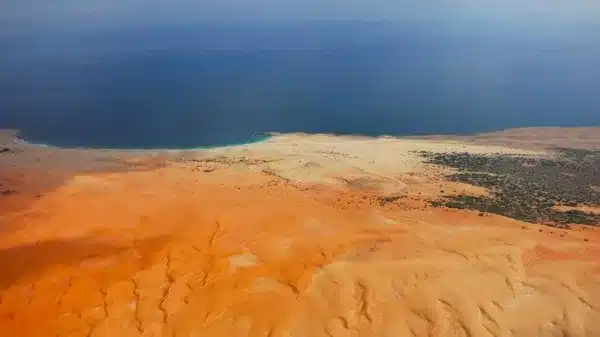
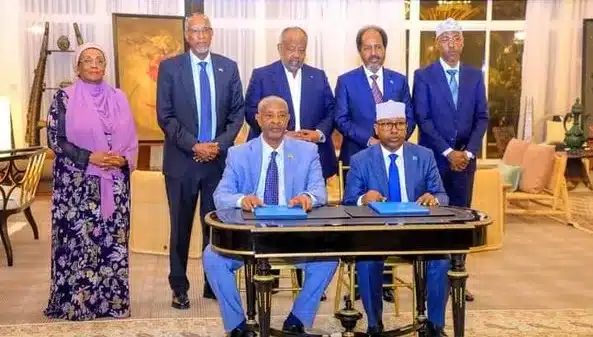
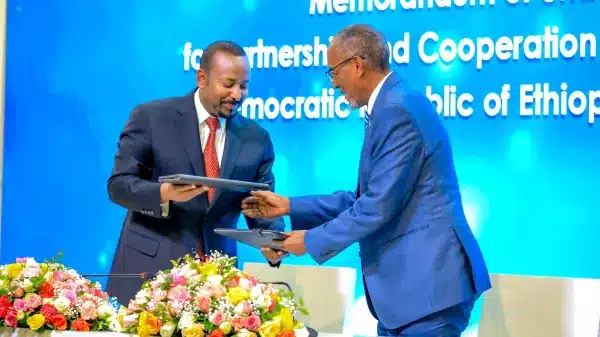
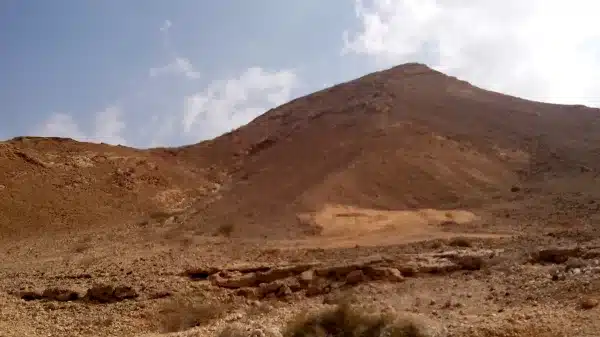

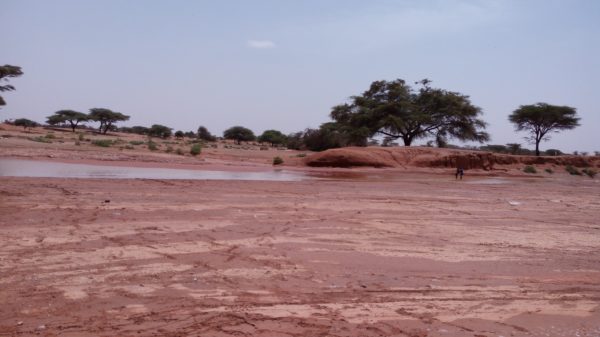
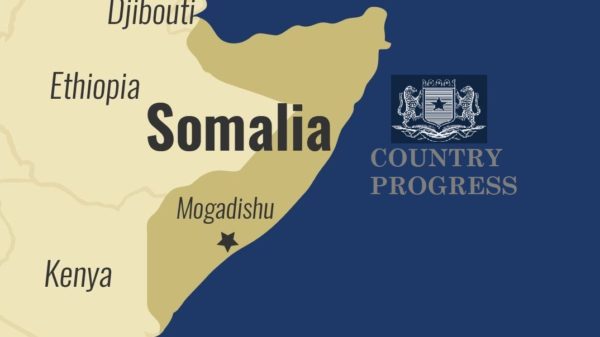
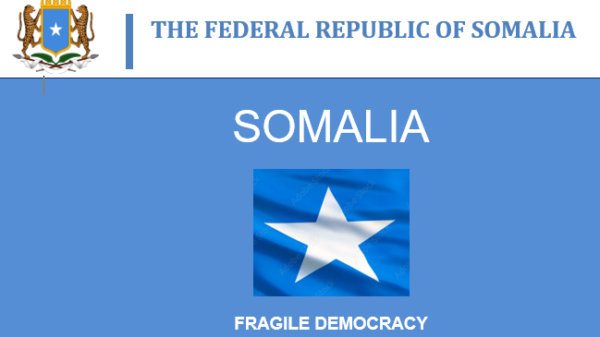
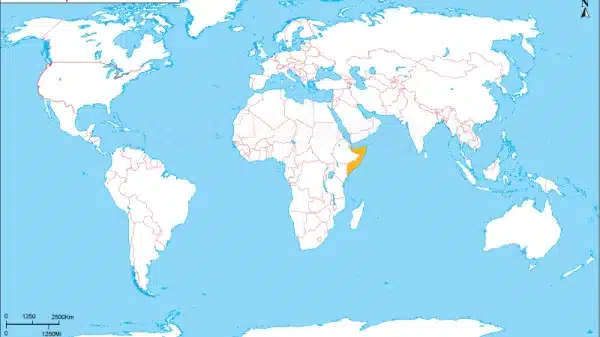

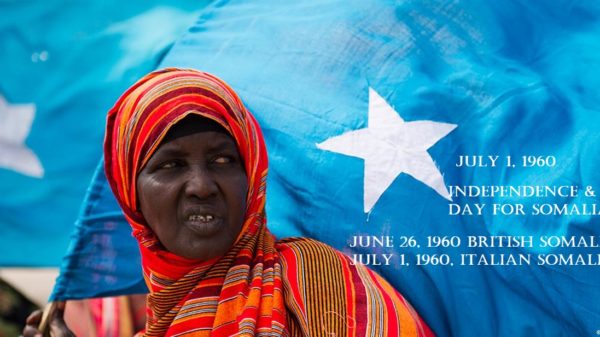
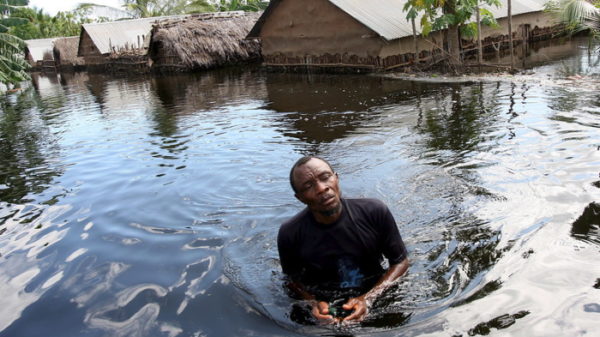
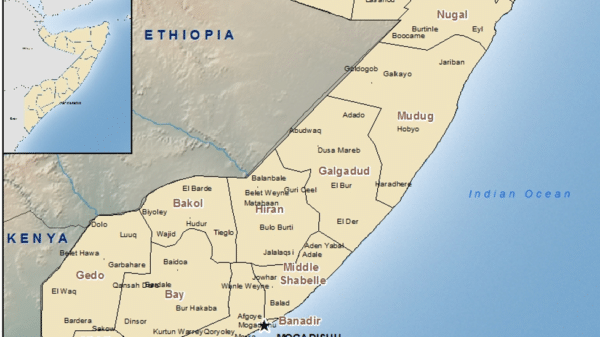

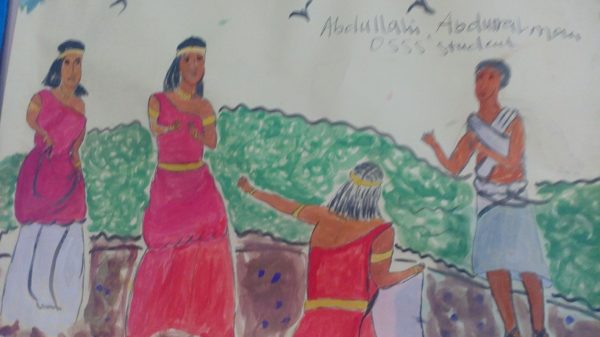
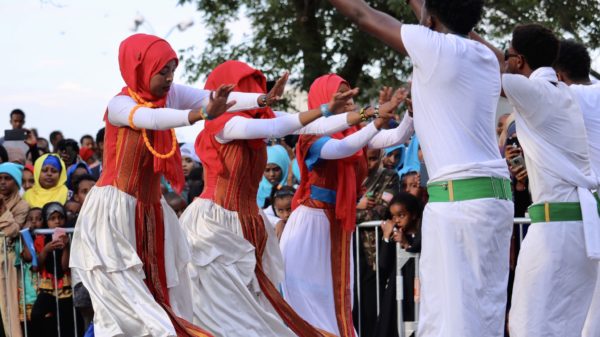
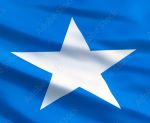
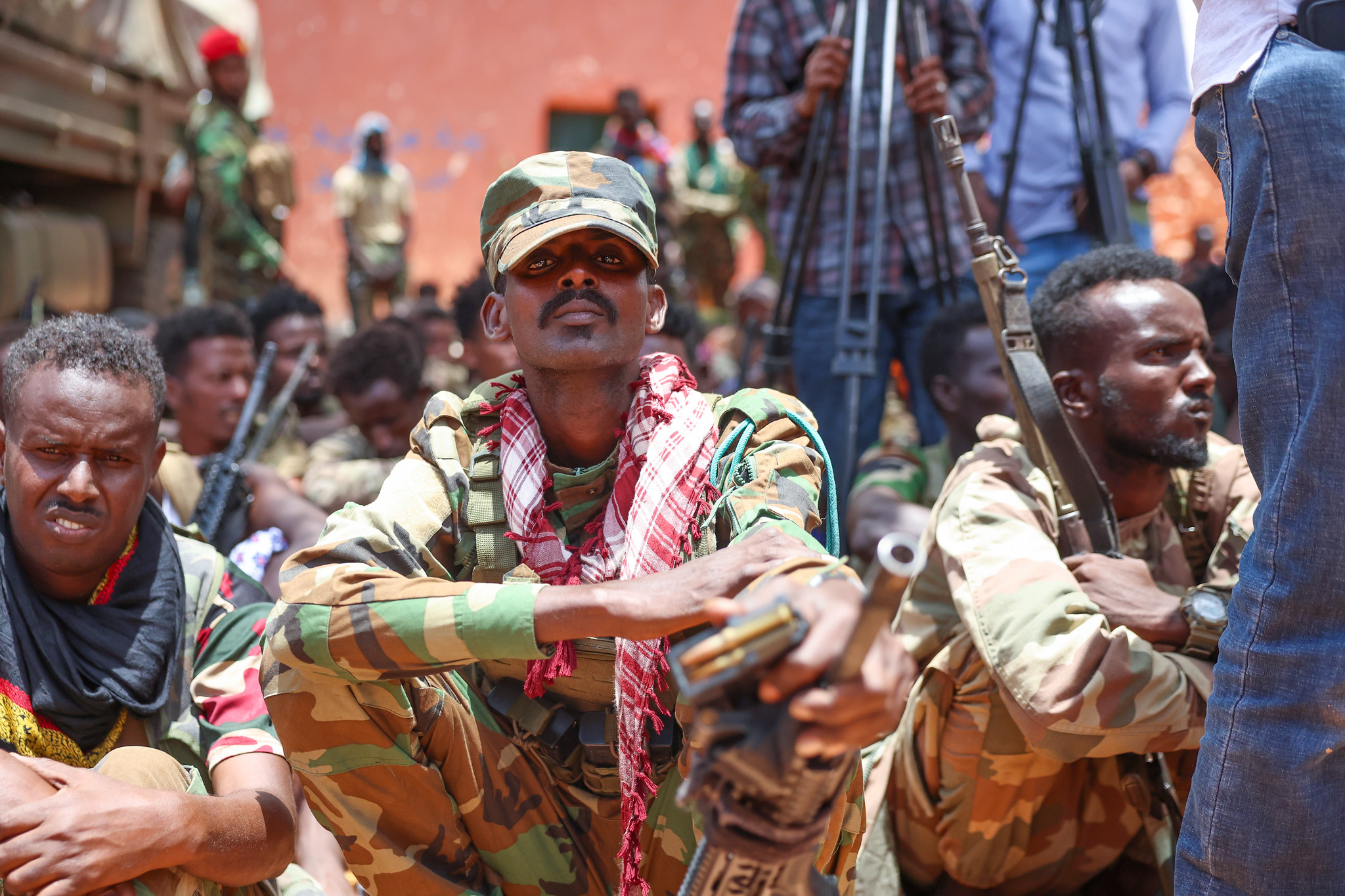

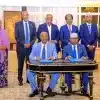





Pingback: The Collapse of the Somali State - Ogaal Star